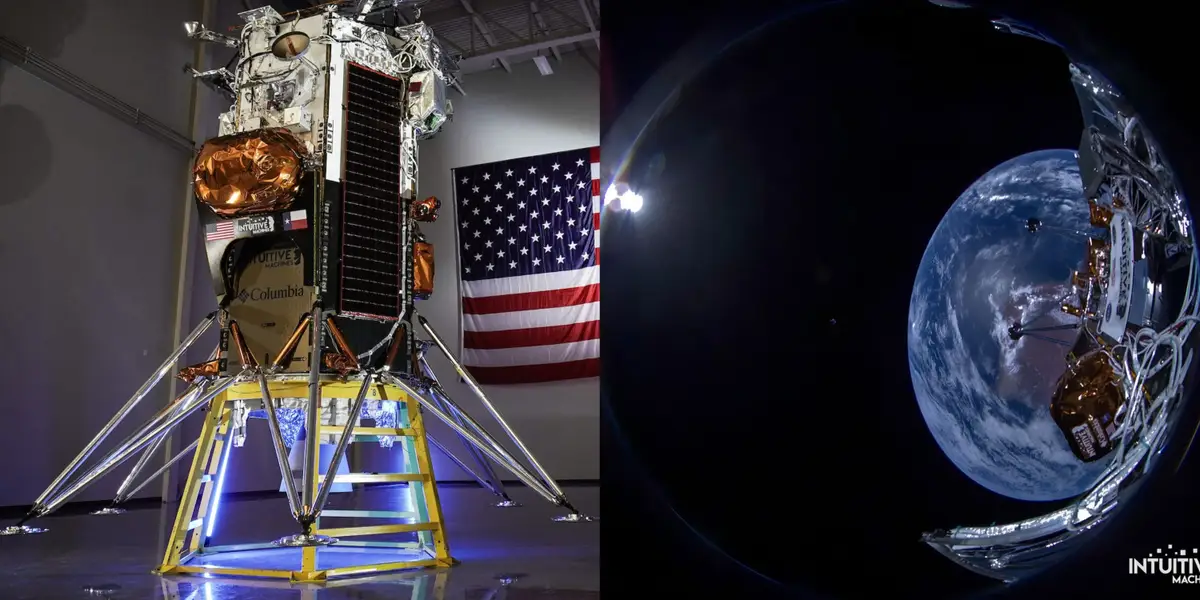In an unprecedented feat of engineering and space exploration, a new chapter in lunar exploration has been written, thanks to groundbreaking experimental technology. This achievement marks a significant milestone in the journey of humanity’s quest to explore and understand the moon, leveraging innovative technologies to overcome the challenges of space travel.
Key Highlights:
- The first privately-built spacecraft, named Odysseus, successfully lands on the moon.
- Launch facilitated by a SpaceX Falcon 9 rocket from NASA’s Kennedy Space Center.
- Part of NASA’s Commercial Lunar Payload Services and Artemis campaign.
- Aims to jumpstart the lunar economy and prepare for future crewed missions.
- Includes a variety of payloads, including scientific instruments and an art project.

Pioneering Moon Mission
Launched on February 15, 2024, by Intuitive Machines, the Odysseus lunar lander embarked on a historic journey aboard a SpaceX Falcon 9 rocket. This mission represents a collaboration between the private sector and NASA’s initiatives to expand lunar exploration and commercial activities in space. The lander’s successful separation from the rocket and subsequent journey to the moon highlights the effectiveness of the experimental technologies employed, marking a significant leap towards sustainable lunar exploration and utilization.
Groundbreaking Technology and Collaboration
The Nova-C lunar lander, designed by Intuitive Machines, exemplifies the innovative approach to spacecraft design, being roughly the size of a London telephone booth and equipped with six landing legs. This mission carries scientific and commercial payloads, demonstrating the potential for future lunar economy stimulation. With NASA as the primary sponsor, this mission not only signifies the advancement of technology but also the strength of collaboration in space exploration.
Future Implications and Exploration
The successful landing of Odysseus near the moon’s south pole, a region with potential resources like frozen water, sets the stage for future exploration and human missions. The payloads aboard the lander are intended to collect data critical for planning and executing these future missions, showcasing the role of innovative technology in overcoming the challenges of space exploration.
Summary
The historic landing of the Odysseus lunar lander represents a watershed moment in space exploration, driven by experimental technology and collaborative efforts. This achievement not only showcases the capabilities of private space entities in contributing to lunar exploration but also paves the way for future missions that could expand human presence in space. The successful collaboration between Intuitive Machines and NASA underscores the growing synergy between the public and private sectors, setting a precedent for future explorations and the utilization of space resources. This mission exemplifies the spirit of exploration and innovation, heralding a new era in our quest to explore the moon and beyond.


















